Not more than 2 months after my Kenya/Tanzania Overland trip, I’m wasting no time and am onto my next African adventure. This time around, I went from South Africa, where I started in Cape Town, into Namibia exploring all of its highlights, ending in its capital of Windhoek. The drive from Cape Town in Namibia encompasses some of the most amazing scenery shifts in such a short distance as you drive north into Namibia. Namibia itself is a country with some of the most polar landscapes in the world. One moment, you’re in the world’s highest dunes that are flaming red, and the next, you’re in a game park with lush greenery searching for the big 5.
12 Day Cape Town to Namibia Overland – Facts
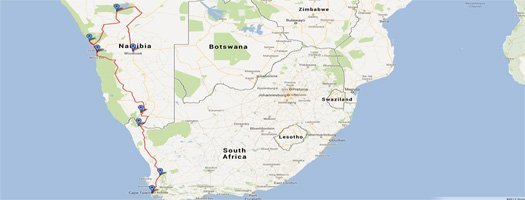 |
||||||||||||||||
|
Trip Summary
If you’re confused about overlanding and what these type of trips entail, make sure to read my post from my previous overland tour where there is a thorough introduction and summary of these trips.
Nomad vs Acacia
My previous trip to Kenya/Tanzania was with Acacia. Before I even went on that trip, I had already booked this Namibia overland trip not knowing the differences between tour operators. There are many tour operators that do trips in Southern and Eastern Africa. The biggest ones I’ve seen around are Acacia, Nomad, AfricatravelCo, G-Adventures, Intrepid, and Dragoman. If you do one of these overland trips, you’ll likely encounter the same trucks belonging to another company somewhere along your trip. These trips are incredibly popular and especially for Namibia, they probably have trips leaving daily visiting the same destinations so you’ll be sure to bump into one of them.
My experience with Acacia was overwhelmingly positive. Upon completion of my first trip, I was a little sad knowing my next trip would not be with them. However, my fears were soon quelled as I departed on this trip with Nomad. Overall, the overland experience between Acacia and Nomad are incredibly similar. Both companies have one long trip. Acacia has their Nairobi – Cape Town trip, and Nomad has a Victoria Falls – Cape Town trip. Both companies allow you to hop on and off at whatever makes sense for you and are work to cater around you as it’s still money for them.
All these overland tours function similarly. We drive for most of the day stopping for photos and bathroom breaks, reach our destination for the day, and do whatever excursion is planned for us. Then we set up our tents for the night and because we’re camping in the middle of nowhere, there is usually nothing to do but just take in the scenery over a few beers. Wake up call is ridiculously early (5-6am) so we can’t get too messed up. Rinse and repeat. On this particular trip, Nomad and Acacia do the exact same trip except on Nomad, we visited the Himba tribes and Acacia stops at a cheetah farm. Every other stop is more or less the same.
Self Drive vs overlanding
Namibia is much more developed than most of Africa. Its roads are pristine, and directions are properly labeled. While I’d never advise someone to self drive through Tanzania, not because it’s unsafe but rather the roads are wretched and directions are mediocre at best, Namibia is completely fine. In fact, we met a few groups of people that were road tripping from Cape Town to the Etosha, exactly what this overland trip is doing. Except, they can drive quicker, make fewer stops, and have less people to have to cater to. Renting a 4×4 will make the trip more enjoyable as some of the roads turn into dirt roads (still better than most countries in Africa). As long as proper accommodation is booked ahead of time, there’s no reason a self drive through Namibia couldn’t be done. Now the question to ask is, do I want to worry about driving thousands of kilometers?
The Group

As I become a veteran in doing these overland tours, I can appreciate that the group you travel with really make the difference. The group I traveled with on my Kenya/Tanzania trip were amazing. We had a great time and all got along so well. This time? It wasn’t a bad group but it certainly couldn’t compare. If you’re booking a trip through Nomad, absolutely make sure you are not in one of their German or Spanish groups. I didn’t know what I had booked, but it turned out I got put into a German trip. There were 23 people in total, and only 4 of them did not speak German. There were also 10 people that were over the age of 60 on this trip which is baffling to me as I don’t think I could be paid to sleep in a tent and ride in a truck for 6 hours a day at that age.
Thankfully, the younger generation of German’s can speak English very well and I could talk to them but unfortunately when it came to a group conversation, the first language would obviously be German. No one can blame anyone for that, it’s their first language but it leaves a guy like myself in an awkward position trying to interrupt whatever they were talking about by speaking English, and thereby forcing everyone else to speak English. Normally, an overland group would have maybe a few Germans and when it came to talking with the greater group, everyone would speak English because let’s be honest, it is the international language of travel. If they speak among themselves, they would speak German but with everyone else, English. All in all, I still had a good enough time, but I would certainly not do a trip like this again. Whatever you do, DO NOT go on the accommodated German tour as EVERYONE on that tour (as they left the same time we did and we saw them periodically) speaks German and are all older.
The truck and the crew

All these overland trucks use the same type of trucks. I actually liked Nomad’s trucks more than Acacia’s as the windows were larger and there were better views of the surroundings. There are 24 large storage boxes at the box, 1 per person to store all your things. The seats are pretty standard with a decent amount of legroom but just keep in mind, you’re going on a camping safari so it is not meant to be luxurious!
The guides this time around, Alan and Manuel, were great people. They were charismatic (as much as you could be with 10 seniors) and were very knowledgeable. I ended up talking to these guys a lot as I just wouldn’t bother trying to infiltrate ze Deutsch group.
One thing I disliked about the trip was the constant stops we took to have lunch. Lunch was nothing more than cold cut mystery meat sandwiches and pasta salads but we spent 1-2 hours every time when we could just use it to drive to our next destination. Alas, all the old people on our tour griped about not stopping for lunch so everyone had to be catered for.
What to bring
Obviously, everyone will pack differently but here is a list of some must haves and some other things you wouldn’t think of.
- Sleeping Bag – This is a camping safari and you providing your own sleeping bag is a must unless you’re content with using your shirts as a blanket at night (it gets cold in some parts)
- Travel Insurance
- Bug repellent and sunscreen – You’re on the desert, it’s going to be hot
- SUNGLASSES – For a large period of this trip, you’ll be traveling in the scorching hot desert and sun. In fact, bring two pairs of sunglasses just in case you lose a pair.
- Earplugs – You’re camping with someone else and if they snore heavily, you’re screwed. Don’t risk it, get these.
- Good camera with great zoom – Pretty obvious. If you do not have one, make friends with the person with the biggest most badass looking camera and have them send you their pics.
- Plenty of shorts: You’ll be in the desert for most of the trip and it won’t get cold. Swakopmund will be the only place where you may consider bringing a light jacket.
- South African Rand – Unlike East Africa and their infatuation with the US Dollar, South Africa and Namibia are very entrenched in their own currency and the Rand is accepted in both countries and exclusively at that.
Day 1-2: South Africa’s West Coast
The trip takes off from Nomad’s offices in downtown Cape Town around 8am. We arrived and checked in and I immediately suspected we were in the wrong trip when the check in list with everyone’s names and nationalities showed all Germans. Nevertheless, we loaded our stuff onto the truck, had a brief meeting with our guide and the driver, and we were on our way.

The drive up South Africa’s west coast can be summed up in a few paragraphs. If you’re doing this trip, absolutely make sure to make sure to spend a few days in Cape Town as you’ll leave Cape Town straight away. Cape Town will be the coolest thing you see until you get to Fish River Canyon in Namibia. It is scenic, yes, as you drive north into Namibia, but it doesn’t compare to Cape Town’s Table Mountain or the drive to Cape Point. If you do make this drive up the west coast of SA, you’ll have been to a place most South Africans will never visit in their lives. Locals here don’t think much of their country’s west coast and when I told people I would be there, the first question was always why?
Day 1 – Cederburg Mountains and San Tour

As you get further up into South Africa, the scenery will turn to big mountain ranges with lush trees and bush. After driving a few hours, we stopped to do our first activity, a guided walk with a San person. San people are in fact the indigenous people of Southern Africa. The “black” people that most people think of when they think of Africa, actually originally migrated from Eastern Africa (think Kenya, Tanzania, Uganda etc.) to Southern Africa many years ago. That is why some of the languages spoken in South Africa can be vaguely understood by Swahili speakers in Eastern Africa. The San people, also known as “Bushman” were more tanned in color and were nomadic hunters and gatherers in nature until the European settlers came.

Our guide was of San heritage, still speaking the clicking language popularized by the movie “The Gods Must be Crazy”, informed us that the only true bushmen left in the world reside in parts of Botswana the government designated as reserves for Bushmen that still wanted to keep their old way of life. The San people are spread through South Africa, Namibia, and Botswana, all speaking completely different languages. Their languages are so different that they must speak in Afrikaans or English in order to understand each other.
Our guide gave us a classroom lesson on how to speak basic San, which meant clicking in ways you’d never think possible. It’s exhausting. It’s much more enjoyable just to ask the guy to start talking. Words can’t describe it so it’s better just to post a video of it!
Marcuskraal Campsite
Power Plugs: Yes | Hot Showers: Yes | Wifi: Yes | Toilets: Yes
We have lunch here as the tour finishes and get back into the truck to head to our first campsite in the Cederburg Mountains, about 300km north of Cape Town. The campsites on this trip are FAR nicer than the ones in Eastern Africa. Southern Africa as a whole (SA, Namibia, Botswana) is a much more developed and wealthier part of Africa. You can tell by all the campsites on this tour as most of them have proper bathrooms and are clean. Time to pitch up your tents, the first of many on the trip. There isn’t much to do at this campsite and we don’t do anything more than have dinner, talk about the tour, and go to sleep. This will the last place you’ll have any sort of internet until you get to Swakopmund 5 days later.
Day 2 – The Orange River

We leave our camp at Marcuskraal and continue our drive north into Namibia by going through South Africa’s farm country. This area of the country is all Afrikaans and you can see this with all the city names ending in fontein, burg, or dorp. The drive lasts for most of the day and the only thing to notice is how the scenery changes. As you head from the lush green mountains areas of Cape Town into the dry and arid deserts of Namibia, the scenery slowly shifts as such. Mountains with green vegetation change to mountains with rock, and then to mountains with sand. It’s quite incredible actually. It reminds me of how the scenery would change driving from the Rocky Mountains of British Columbia to the deserts of New Mexico. There are no dunes in South Africa, those will arrive only in Namibia.
  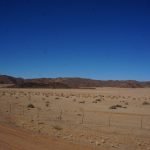 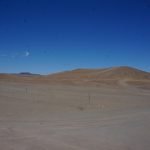 Left to Right is the progression as you move from Cape Town into Namibia with the last picture right after the Namibian border. It also gets progressively hotter as you move north. |
After a quick lunch stop, we stop in Springbok, a city right before the border, and also a city most South Africans will never visit in their lifetimes. We stock up on water and supplies as it will be a few days before you are back in civilization. I’d recommend getting at least 5L of water per person as this will need to last you the next few days.
Orange River Campsite
Power Plugs: Yes | Hot Showers: Yes | Wifi: No | Toilets: Yes
You’ll eventually reach your second night’s destination at the Orange River, a river that divides South Africa and Namibia. It is beautiful here, with the river and rocky mountains in the background. The campsite is nice but there’s not much to do here besides set up your tent and have a few beers at the bar (which we ended up doing a lot of throughout the trip). Sleep early as there is an optional canoeing trip the next day.

Canoeing down the Orange River – Optional Excursion (100R)
Day 3 starts with an optional morning canoeing trip down the Orange River. Two to a canoe, this excursion goes about 10km down the river and you’re paddling most of the time. This isn’t white water rafting by any means as the water is so calm. It’s a cool experience and for 100R, it’s a small price to pay. If you don’t elect to do this, you’ll just end up hanging out at the campsite doing absolutely nothing. The weather in this part of the world gets incredibly hot and by 10am, it was scorching. The water is perfectly safe to swim in however and plenty of people ended up jumping in.
When you’re finally done, you head back to the truck, pack up your stuff and you’re on your way to the border to head into Namibia!




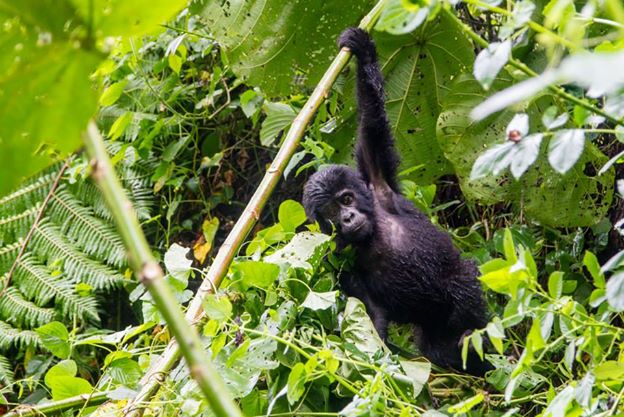

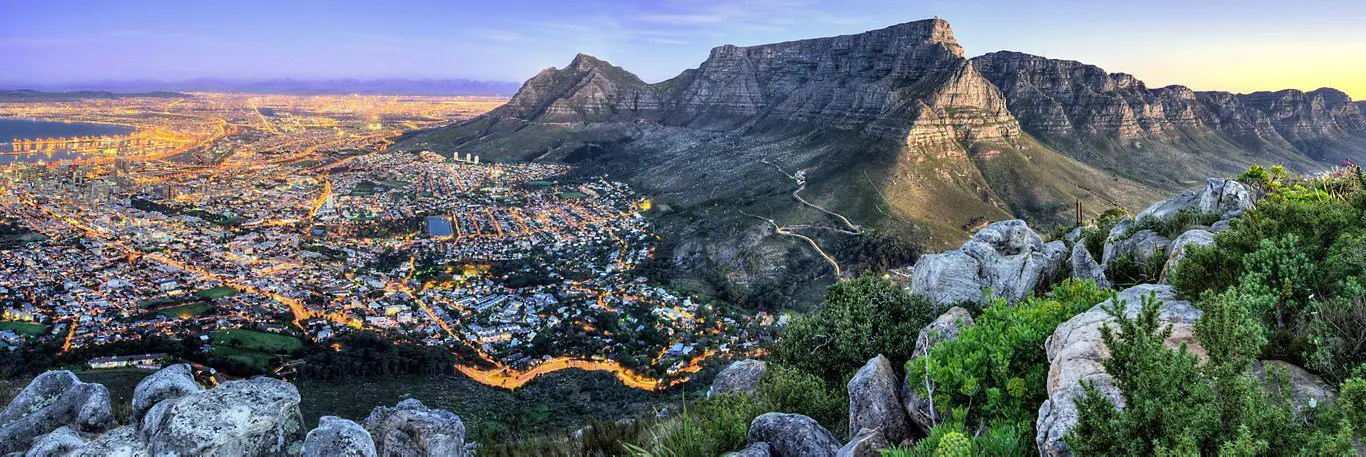

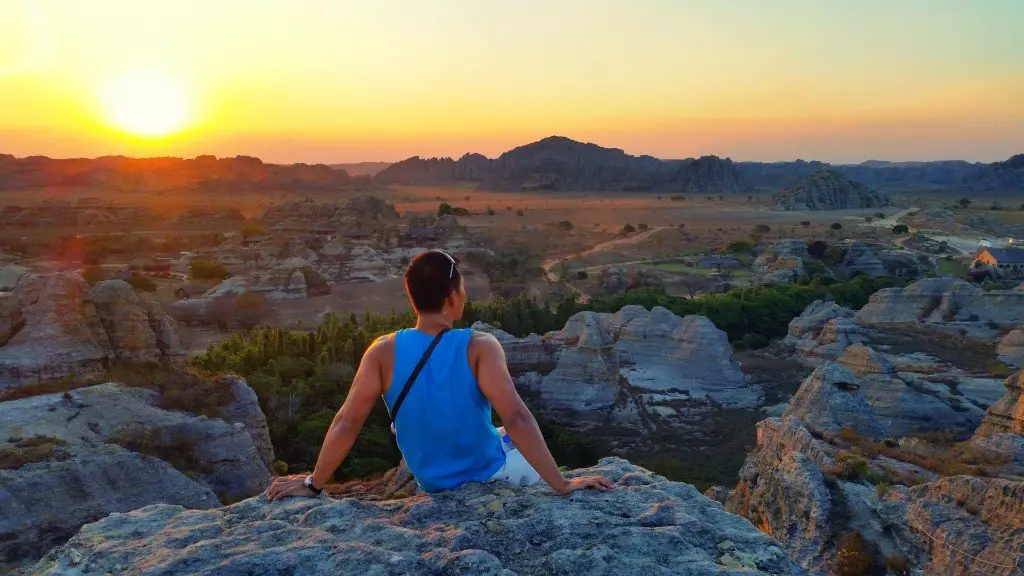
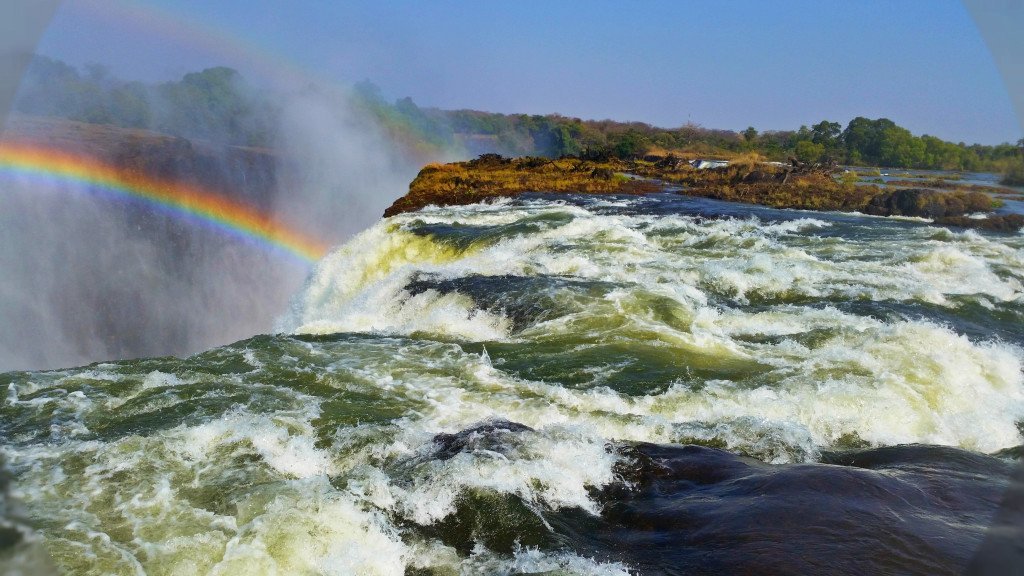
What is Cape town like? I read your post about paying for your trip in SA rand. Will South African airlines allow you to do thatif you are booking from USA?
Hi. Been reading your blog, caught the sentence “over the age of 60 on this trip which is baffling to me as I don’t think I could be paid to sleep in a tent and ride in a truck for 6 hours a day at that age”.
Just to add balance to your worldview, I’m 68, travel lots, independently and generally solo, and am baffled that someone your age travels in group tours. If fear of not meeting anyone is one of your fears, I think you’ll find it’s easier to meet people when you don’t have a bus full of fellow tourists as a permanent backdrop. But I do agree with you on one thing, 6 hours is the maximum I’m willing to take a bus these days.
Happy travels